Did you know that a large majority of infrared saunas health benefits, such as muscle recovery and cellular repair, stem from their unique ability to activate heat shock proteins?
Well, it's time to unravel the mystery of heat shock proteins and their remarkable benefits for your body. In this blog, we'll delve deep into how infrared saunas stimulate the production of these incredible proteins, debunk the common misconceptions about traditional saunas vs infrared saunas for heat shock protein activation, and explore the wide-ranging health benefits that heat-shock proteins provide the human body. Plus, we'll find out how hot a sauna needs to be for heat shock protein activation!
So, are you ready to discover the science behind infrared sauna therapy and heat-shock proteins? Keep reading to find out!
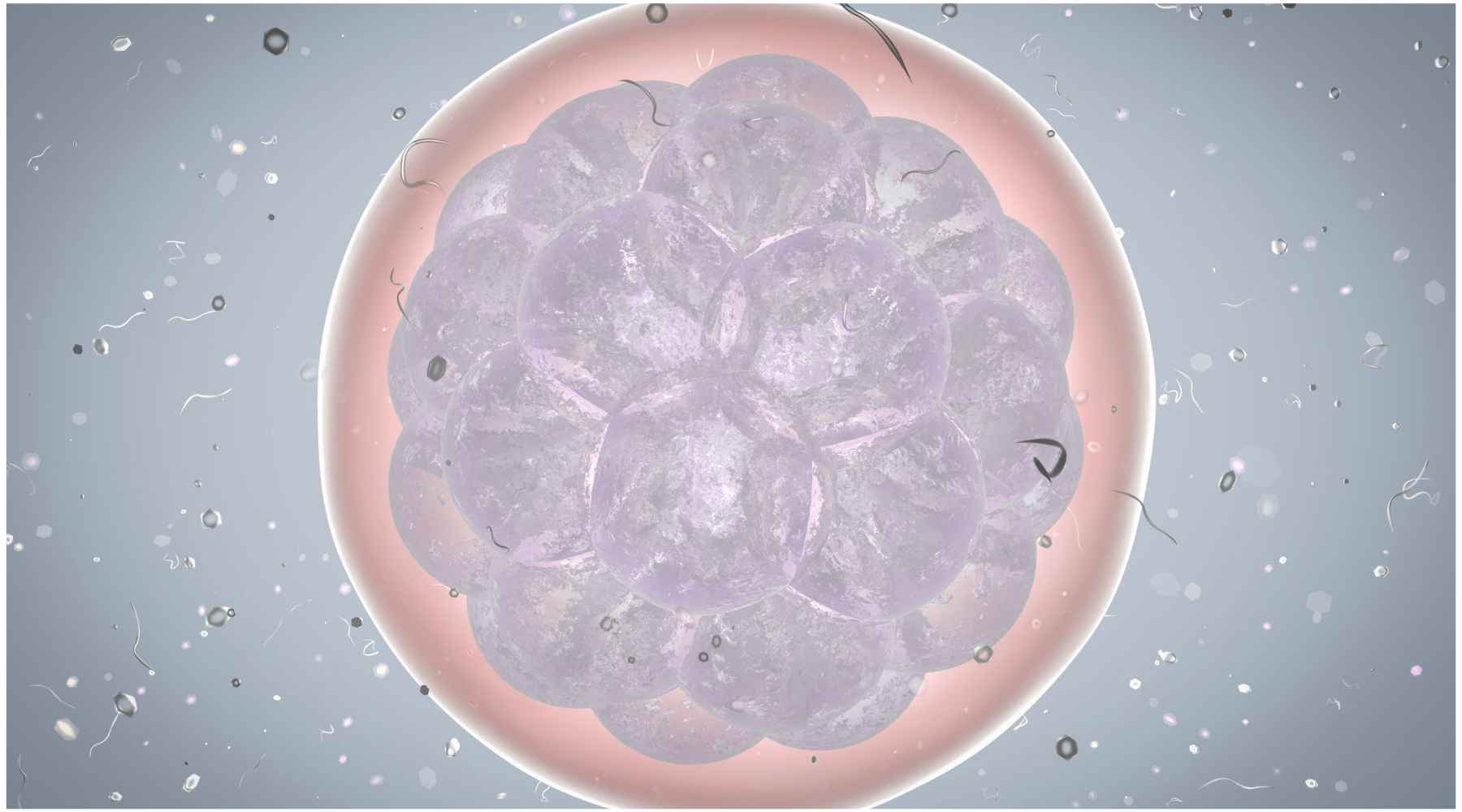
What are Heat Shock Proteins (HSPs)?
Heat shock proteins (HSPs) are specialised proteins crucial for cellular repair and maintenance. Produced in response to stressors like heat, exercise, and environmental toxins, HSPs maintain cellular homeostasis and protect cells from damage.
As molecular chaperones, they assist in protein folding, repair, and removal of damaged proteins. HSPs also regulate:
- Inflammation
- Promote cell survival
- Enhance cellular resilience
- Benefit various bodily functions such as the immune response, muscle recovery, and stress adaptation.
How Do You Trigger Heat-Shock Proteins?
Heat shock proteins are activated through a process called the heat shock response, which occurs when the body is exposed to various forms of stress, particularly elevated temperatures. Here are some ways to trigger the heat shock response and activate HSPs:
- Heat exposure: As the name suggests, heat shock proteins are primarily activated by exposing cells to elevated temperatures. This can be achieved through methods such as sauna use (both traditional and infrared), hot baths, or engaging in physical activity that raises core body temperature.
- Exercise: Intense exercise can generate heat within the body and elevate core body temperature, leading to the activation of HSPs. This natural heat stress helps cells adapt to the increased demand for energy during exercise and protect against potential damage.
- Oxidative stress: Heat shock response can also be triggered by other types of stress, such as oxidative stress caused by reactive oxygen species (ROS). This type of stress can result from various factors, including exposure to environmental toxins, excessive exercise, or inflammation.
- Chemical stress: Certain chemicals, such as heavy metals or specific drugs, can induce the heat shock response by causing cellular stress. However, it is crucial to note that intentionally exposing oneself to harmful chemicals to activate HSPs is not recommended.
- Nutritional intervention: Some dietary compounds, such as polyphenols found in fruits and vegetables, have been shown to induce heat shock response. Consuming a diet rich in these compounds may help promote HSP activation and provide additional health benefits.
Do Heat-Shock Proteins Reduce Inflammation?
According to a study by Borges et al. (2016) published on PubMed, heat shock proteins (HSPs) play a role in modulating the process of inflammation. HSPs can interact with various components of the immune system, influencing the production of pro-inflammatory and anti-inflammatory cytokines.
The study suggests that HSPs can have both pro-inflammatory and anti-inflammatory effects, depending on the context and the specific HSP involved. In some cases, HSPs can help reduce inflammation by promoting the production of anti-inflammatory cytokines and suppressing the production of pro-inflammatory cytokines.
This dual role makes them important regulators of the inflammatory response. However, their role in inflammation is complex, and further research is needed to fully understand the mechanisms through which HSPs modulate the inflammatory response.

Infrared Sauna: Heat-Shock Proteins Activation
Infrared saunas are a modern take on traditional heat therapy, offering a unique and comfortable way to activate heat shock proteins (HSPs).
Unlike traditional saunas that heat the air within the chamber, infrared saunas use infrared light to directly raise the core body temperature.
This deep-penetrating heat doesn't significantly raise the surrounding air temperature, making for a more enjoyable sauna experience while still triggering HSP production.
The infrared heat creates controlled heat stress, which allows the body's natural response mechanisms to occur, such as profusely sweating to cool down. As the core temperature rises, the thermoregulatory system perceives this change as a stressor, leading to increased HSP synthesis.
These proteins then safeguard cellular structures and promote overall cellular health, providing a proactive defence mechanism against stress-induced conditions and diseases by stimulating HSP production.
So, when you enjoy the gentle heat of an infrared sauna, you're not only indulging in relaxation but also stimulating your body's proactive defence mechanism against stress-induced conditions and diseases.
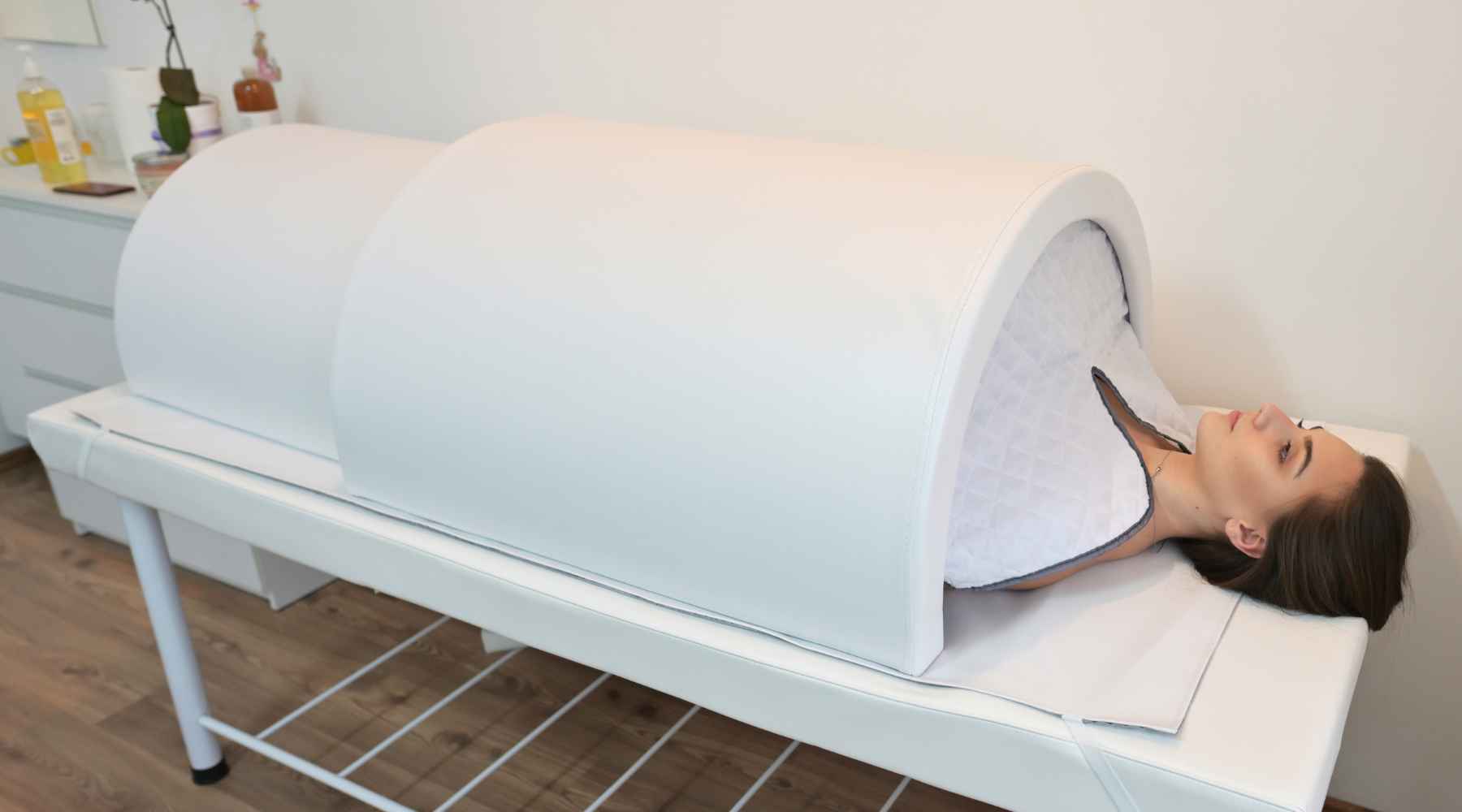
The Benefits of Heat-Shock Protein Sauna Activation
Using a sauna for heat shock protein activation can provide numerous benefits to those seeking to improve their health and overall well-being. Let's delve into the key advantages of HSP activation through sauna use:
- Cellular Repair and Detoxification: HSPs assist in repairing damaged proteins and facilitate the removal of toxic substances from cells, promoting cellular detoxification and potentially reducing the risk of chronic conditions. Using an infrared sauna for detoxification also aids in the lymphatic system process as well as causing fat cells to mitigate stored heavy metals and toxins.
- Enhanced Muscle Recovery: HSPs contribute to muscle growth by promoting protein synthesis, reducing protein degradation, and protecting muscle fibres from exercise-induced stress and damage. Furthermore, infrared saunas reduce muscle soreness and improve overall faster muscle recovery after a workout.
- Cardiovascular Health: HSPs can improve cardiovascular health by protecting against ischemia-reperfusion injury, reducing inflammation, enhancing endothelial function, and preventing atherosclerosis. Infrared saunas further provide greater heart health benefits through the activation of the cardiovascular system and resulting in similar benefits to low to moderate exercise.
- Immune System Boost: HSPs can improve immune system function by facilitating antigen presentation, promoting dendritic cell maturation, modulating cytokine production, and activating natural killer cells. These functions enable HSPs to play a vital role in maintaining a robust and responsive immune system. Through the use of a regular infrared sauna, the immune system is strengthened by causing an artificial fever response.
- Stress Reduction: Infrared saunas reduce stress by offering a calming and relaxing environment, helping to promote mental well-being. HSP activation can also lower stress by stabilising and repairing cellular proteins, modulating the stress response, exerting neuroprotective effects, and exhibiting anti-inflammatory properties. These functions enable HSPs to play a vital role in maintaining cellular health and resilience under stressful conditions.
- Anti-Inflammatory Effects: HSPs provide anti-inflammatory effects by inhibiting pro-inflammatory cytokines, modulating immune cell function, inducing anti-inflammatory cytokines, and regulating the activity of HSF1. These actions help maintain a balanced immune response and protect the body from excessive inflammation. Infrared saunas provide additional anti-inflammatory benefits through increased circulation and vasodilation effects.
Using an infrared sauna can activate heat shock proteins and provide various health benefits, such as repairing cells and reducing stress. Introducing infrared sauna therapy to your wellness routine can result in a stronger and more resilient mind and body.







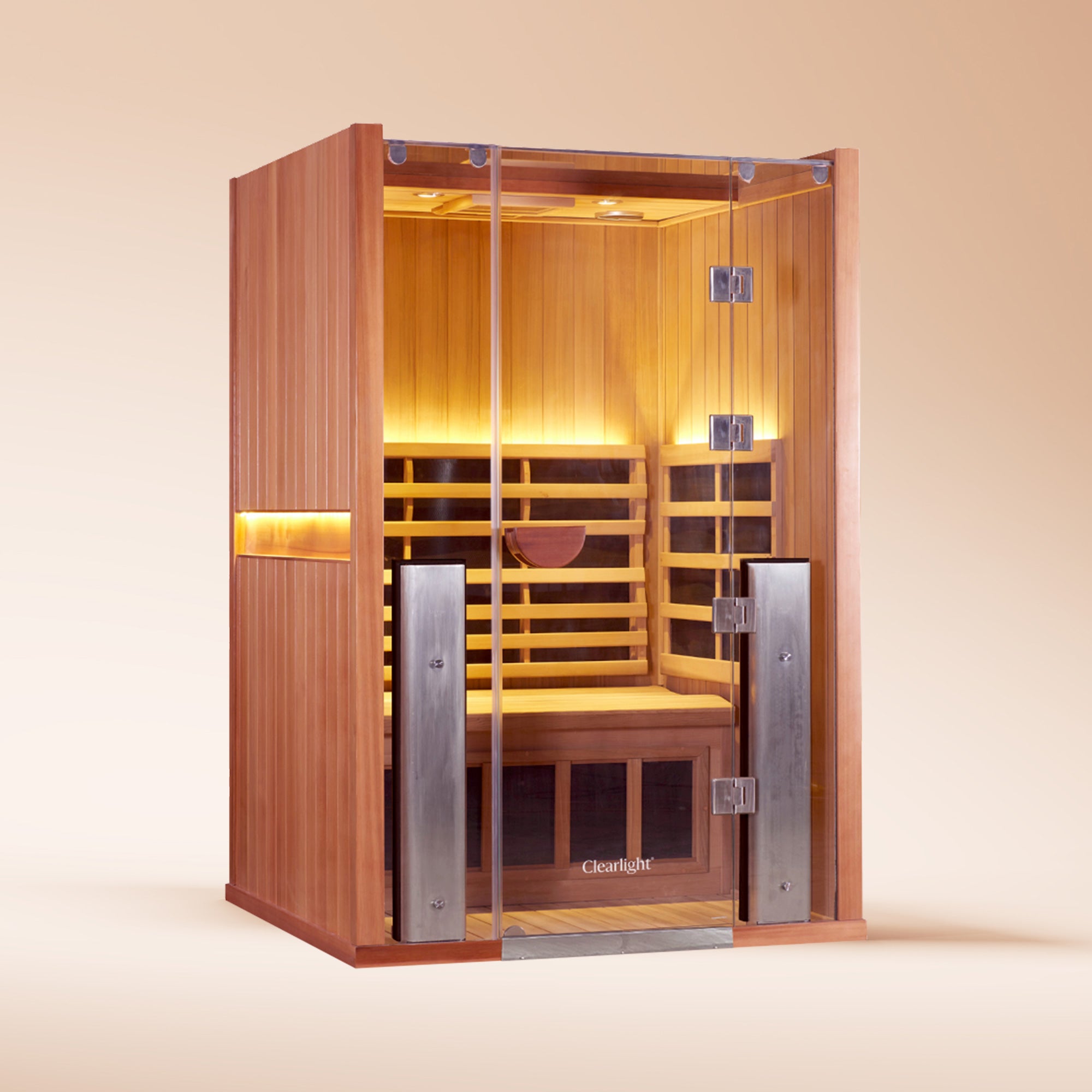
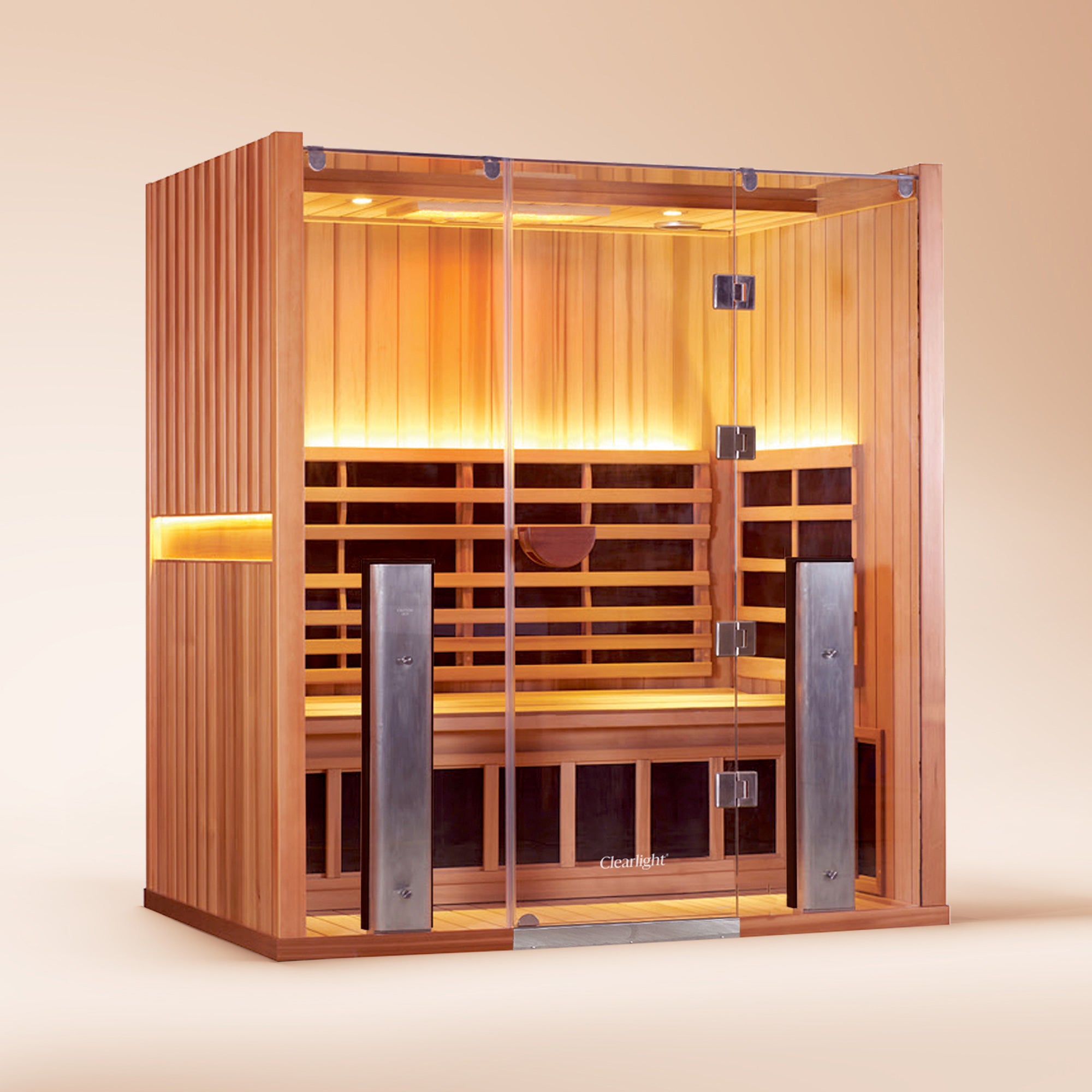
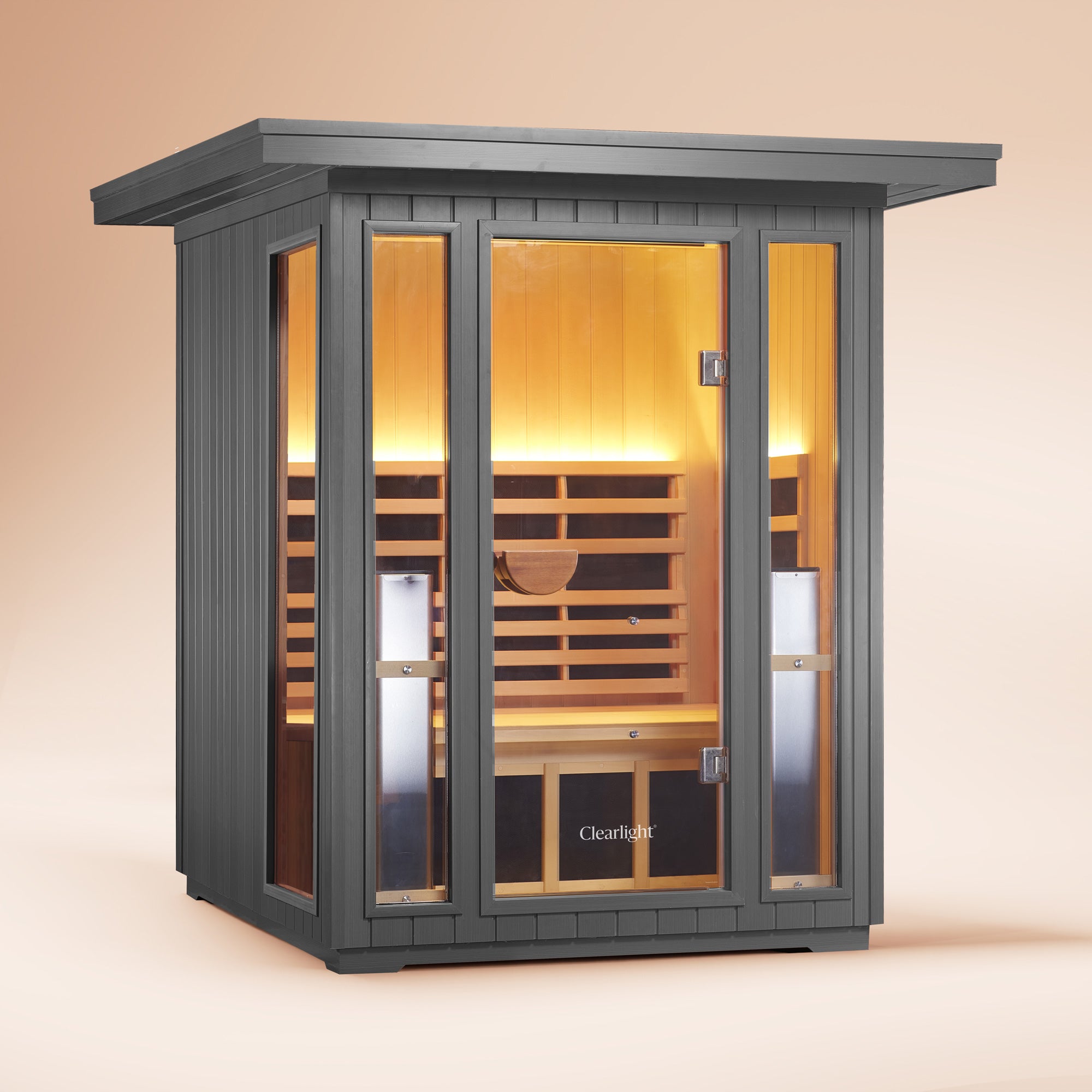

Do Sauna Suits Work - Help You Lose Weight?
What's The Difference: Sanctuary Vs. Premier